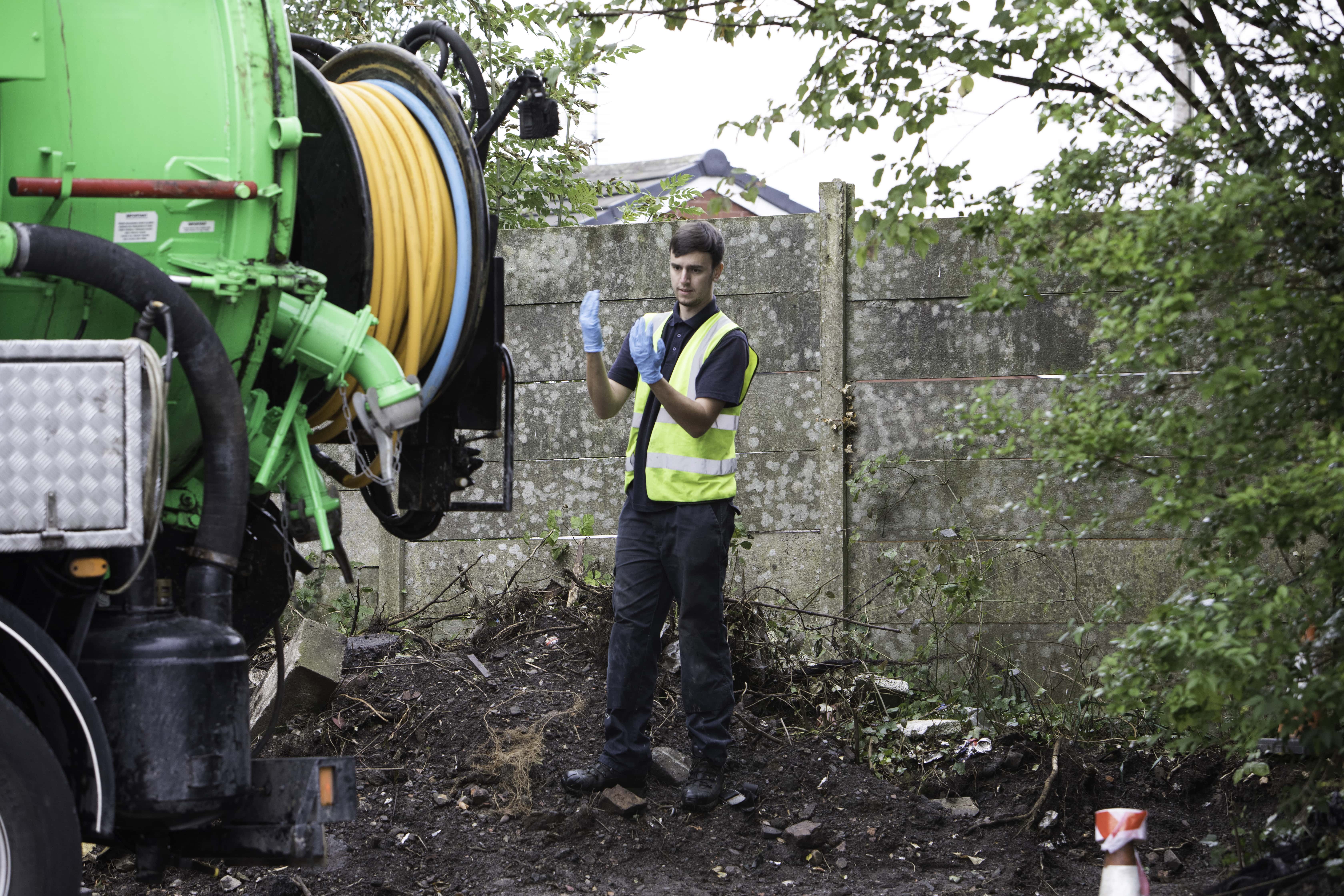Septic Tank and Cesspit Emptying 
‘Out of sight, out of mind’ is always a good thing when it comes to septic tanks and cesspits, but it’s still important to remember they will need regular emptying and maintenance for them to continue to function as intended.
Ongoing septic tank maintenance and cesspit integrity checks are essential if your septic tank or cesspit is to work effectively and stay legally compliant. Thought must also be given to checking the most up-to-date cesspit and septic tank and cesspit legislation, which can and does change – there was a big change in septic tank legislation in 2020.
Used for collecting wastewater and sewage from a variety of domestic and commercial properties, including food service businesses that are not connected to the main sewer network, septic tanks and cesspits must be emptied and cleaned regularly to help prevent any overflowing or malfunctions occurring, and to maintain operational efficiency.
At Aqua Mundus we provide a range of cesspit and septic tank services, including ongoing maintenance plans designed to take the pressure off our clients and give them one less thing to worry about. If you’re looking into installing a septic tank or cesspool, our experts can assist and advise on the best course of action on a case-by-case basis.
Our trusted service partners operate a national network of tanker services, with experienced engineers and a fleet of waste disposal tankers located across the UK, providing a range of septic and cesspit tank services. Wherever you are, we can provide septic tank and cesspit emptying and maintenance, and we understand that even with the best intentions things can go wrong, which is why we also provide rapid response services in emergencies.
Our services include:
- Free septic tank assessments
- Septic tank emptying
- Maintenance, including repairs and emergency servicing
- Septic tank waste disposal
- Unblocking septic tanks and outfall pipework
- Installing a septic tank or cesspit
- Installation of new drainage fields
What Are Cesspits and Septic Tanks?
Cesspits simply collect wastewater and sewage and are typically used when the ground is unsuitable for the waste to be treated and is, for example, located too near watercourses. Septic tanks collect wastewater and sewage and treat the sewage onsite. They are an affordable, efficient and eco-friendly way to deal with wastewater.
How Often Should a Cesspit or Septic Tank Be Emptied?
How frequently your septic tank or cesspit needs emptying depends on the size of the property and how frequently it is used. As a minimum guide, it’s recommended that you empty your tank every six to twelve months. It is also worth noting that cesspits tend to fill up quickly and will need to be emptied more frequently than septic tanks.
For more information and site-specific guidance, please contact us.
What Is the Difference Between a Septic Tank and a Cesspit?
Septic tanks and cesspits are used to manage and store wastewater and effluent in areas where there is no connection to the main municipal sewer system. When it comes to septic tanks vs cesspits, these are just some of the differences between the two.
What Is a Septic Tank?
A septic tank is an underground tank that is used to treat wastewater from a property, be it residential or commercial. It separates solid waste from the water, allowing the water to be discharged into a drain field where it can soak into the ground. The solids that are left behind in the tank are eventually broken down by bacteria to become sludge, which needs to be emptied and disposed of by a licensed waste carrier.
As of 2020 changes to septic tank regulations, it is now illegal to discharge untreated sewage from a septic tank directly into a watercourse, such as a river or stream. Existing septic tanks had to be updated to follow these new rules by 1st January 2020, essentially by turning septic tanks into mini underground sewage treatment facilities. This regulation change does not apply to cesspits, as they do not discharge treated or untreated effluent, and is worth bearing in mind if you are thinking of installing a septic tank.
What Is a Cesspit?
A cesspit is a large underground tank that collects all the wastewater and effluent from a property. The wastewater is not treated in any way and the tank needs to be emptied frequently. Cesspits are generally less efficient than septic tanks, and they can also pose a greater risk to public health and the environment if they are not properly maintained.
Call the Experts
Whether you have a cesspit or septic tank or are thinking of installing one, Aqua Mundus and our partner companies have all the experience and tools to install, service and maintain your tank. Email emailus@aquamundus.co.uk to find out more.